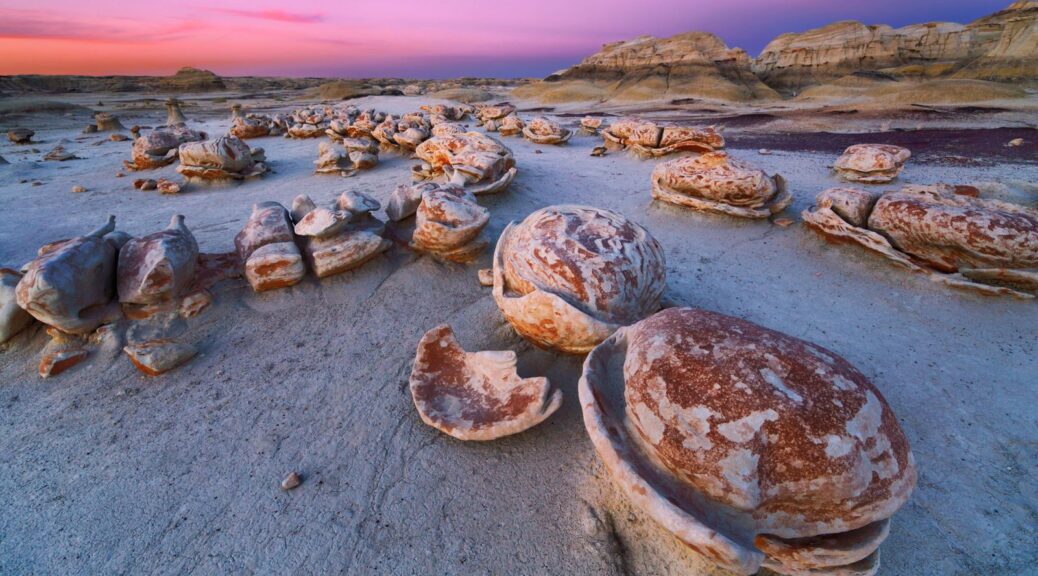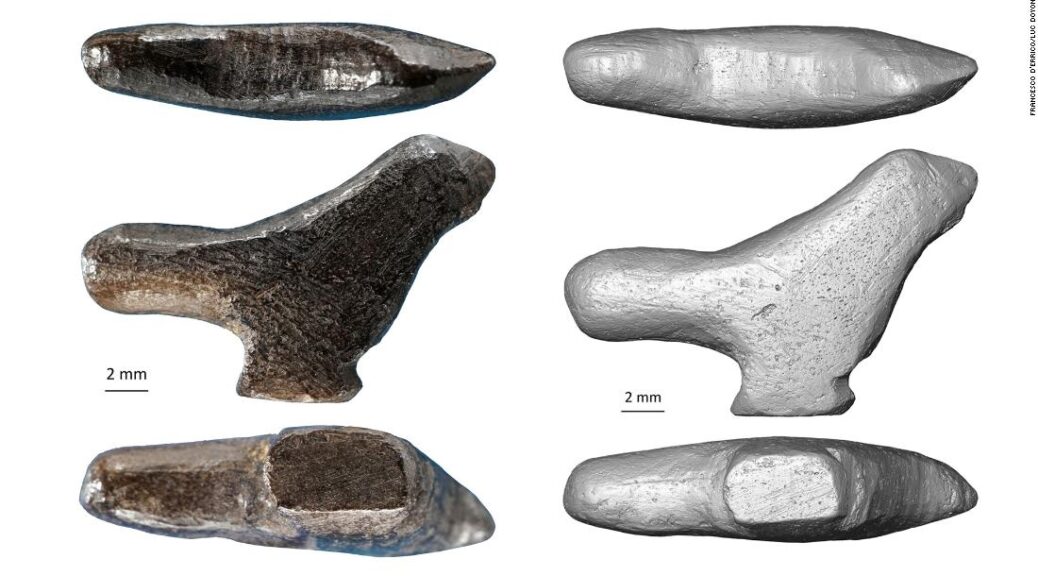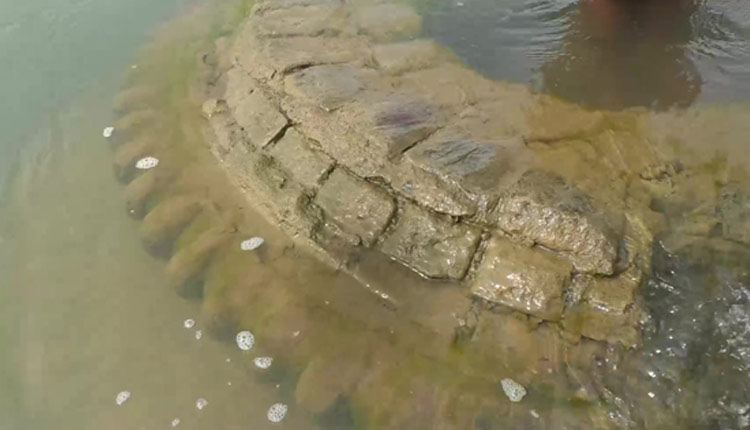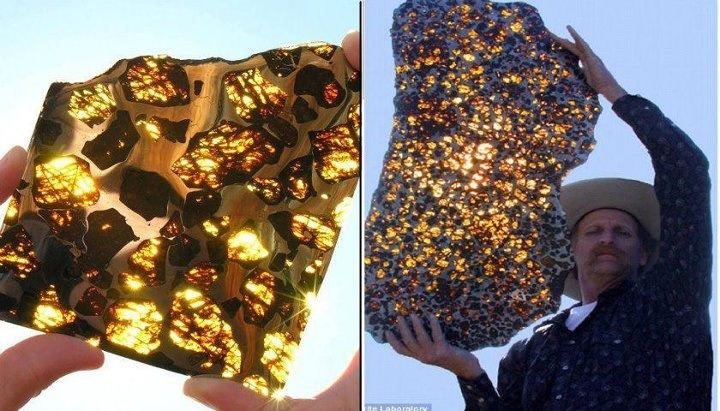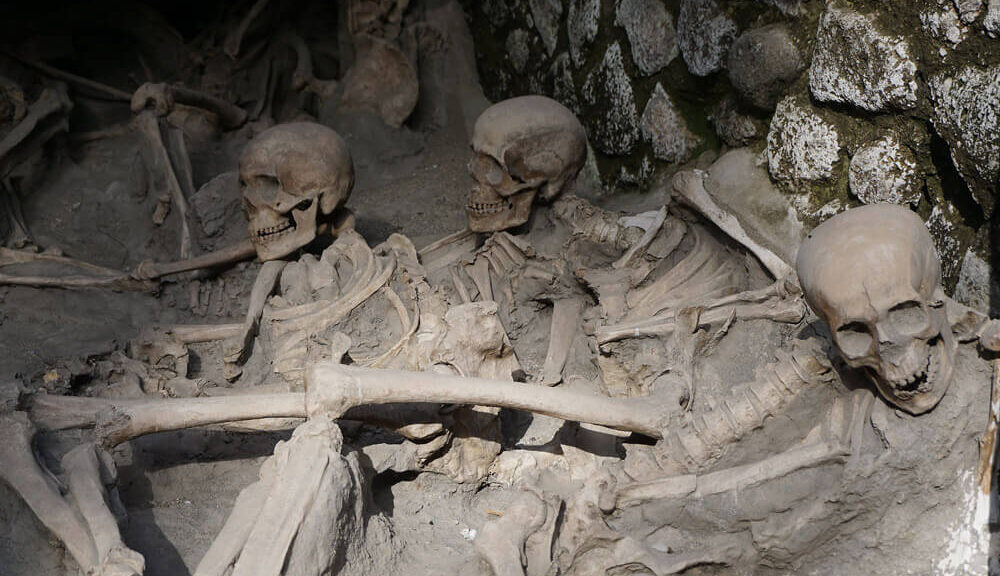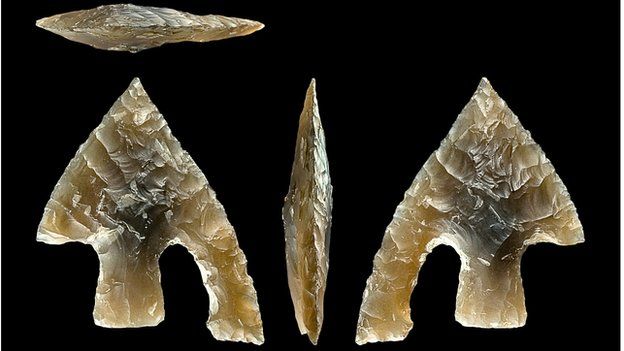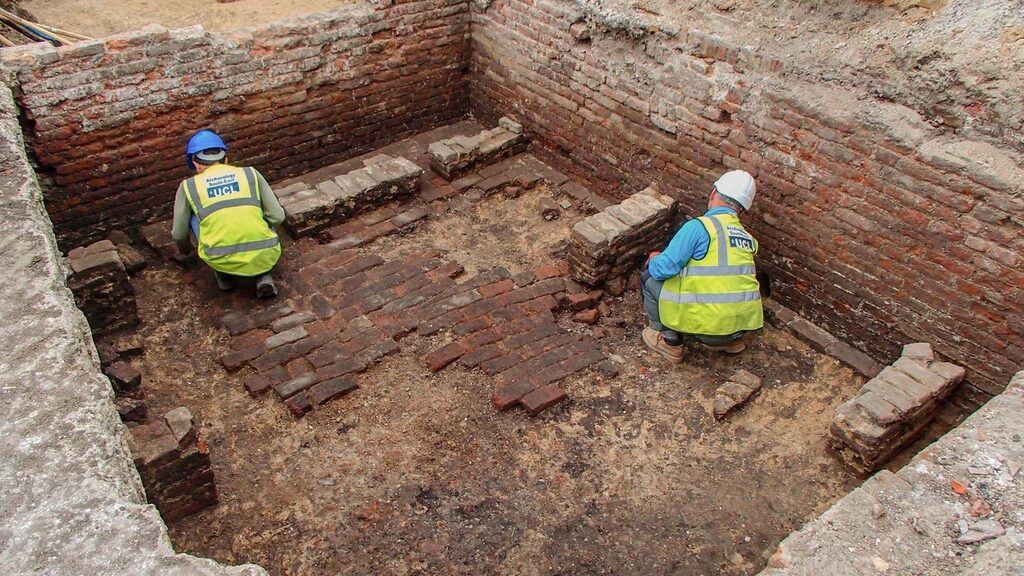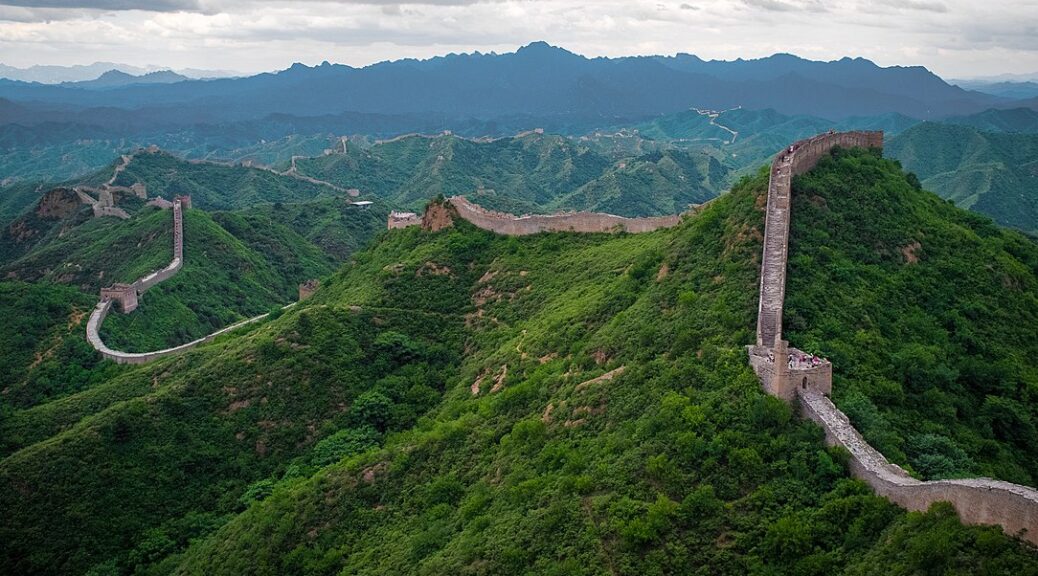This is one of the “Cracked Eggs” you may encounter in the Bisti De Na Zin Wilderness Area.
In northern New Mexico, the Bisti Badlands are more like a dreamscape than a scenery.
Totem poles of sandstone rocks, or hoodoos, reach haphazardly into the brilliant blue sky, some so crooked that it’s amazing that even the smallest gust of wind doesn’t topple them over.
Resting beneath them sit what only can be described as giant cracked eggs, as if Mother Nature was cooking breakfast only to accidentally drop a carton onto the desert’s sandy floor and abandon the shattered shells.


How did a bunch of giant eggs get to this desolate area? The true story starts 73 million years ago.
At one time, this 45,000-acre swath of desert called the Bisti Badlands or the Bisti Wilderness Area (Bisti translates to “a large area of shale hills” in Navajo) was completely submerged by a sea called the Western Interior Seaway during the Cretaceous Period.
As the water receded, layers of sandstone, mudstone, shale, and other sedimentary rocks were revealed, creating the Kirtland Formation, only to be carved out by braided streams that flowed through the landscape. The result is today’s dry, eerie badlands.
“Over time, erosion of the soft mudstone weathered away leaving behind channel deposits [that formed into the shape of eggs and hoodoos],” Sherrie Landon, paleontology coordinator for the Farmington District Office of the Bureau of Land Management, tells LiveScience.
She explains that the eggs get their colorful, speckled appearance due to mineral deposits in the stream that cut through the sedimentary rock. “The eggs’ cracks are the result of differential weathering—mudstone weathers faster than other sediments, causing the formations to crack.”
The giant egg formations, which range from five to six-and-a-half feet long, aren’t the only reason to make a three-hour pilgrimage from Albuquerque (Bisti is near Farmington, New Mexico, in the Four Corners Region of the American Southwest).
A petrified forest of juniper and other conifers makes the badlands even more post-apocalyptic. It’s the result of a massive storm that rushed through millions of years ago covering the forest in water and sediment, explains Landon.
And then there are the dinosaurs. Fossils—including dinosaur bones—have been found in the badlands, too.
“A few months ago, the National Guard airlifted fossils from a baby pentaceratops found here and brought them to the New Mexico Museum of Natural History and Science,” Landon says. “It’s the only known fossil of a juvenile of this dinosaur species ever found.”
Don’t jump to conclusions—though the huge eggs look like prehistoric creatures could have left them behind, their origins are entirely geological.
And the eggs aren’t the area’s only Easter-like treat: Bisti Badlands also boasts pastel-painted sunsets. If you catch them at the right time, you’ll see the bright yellow sun drop behind the landscape like an egg yolk into a bowl.
